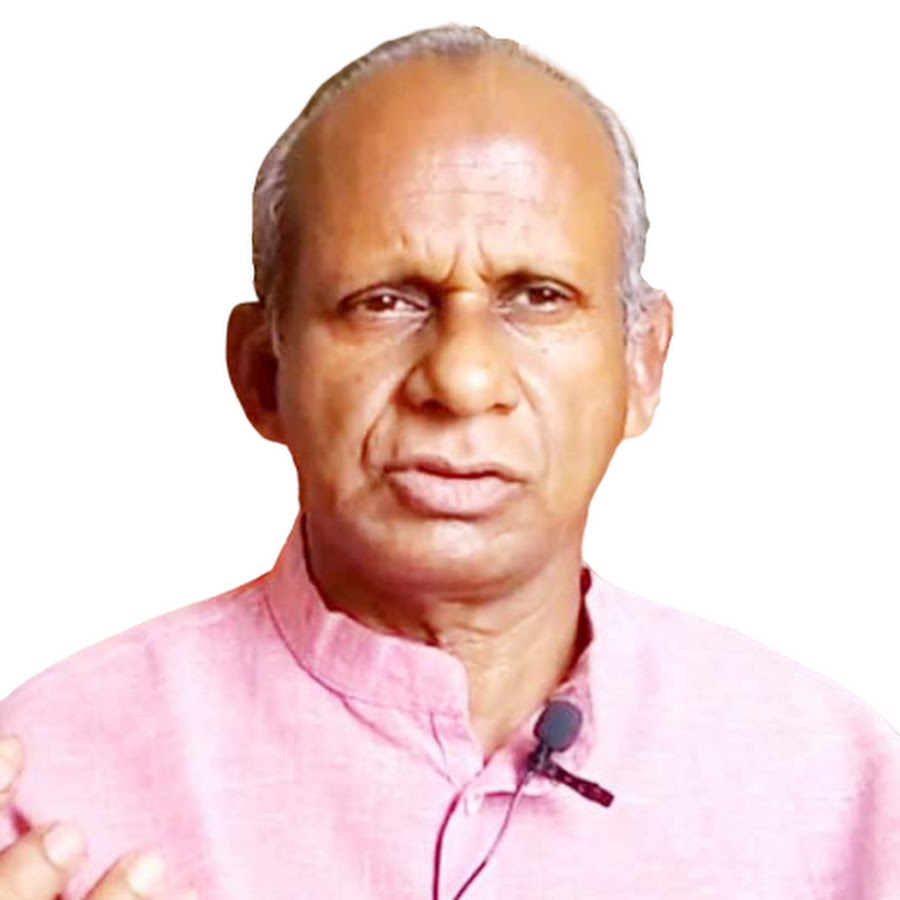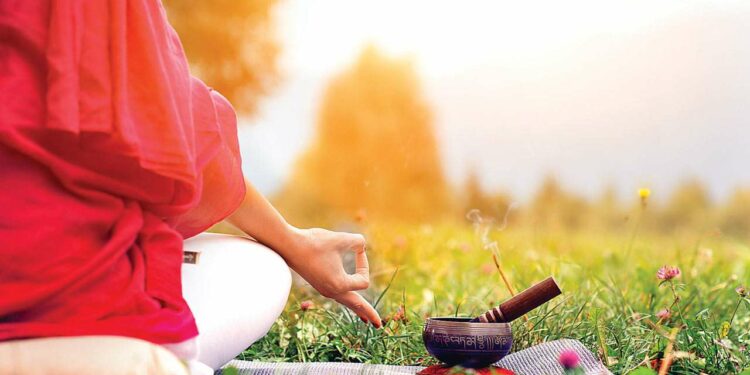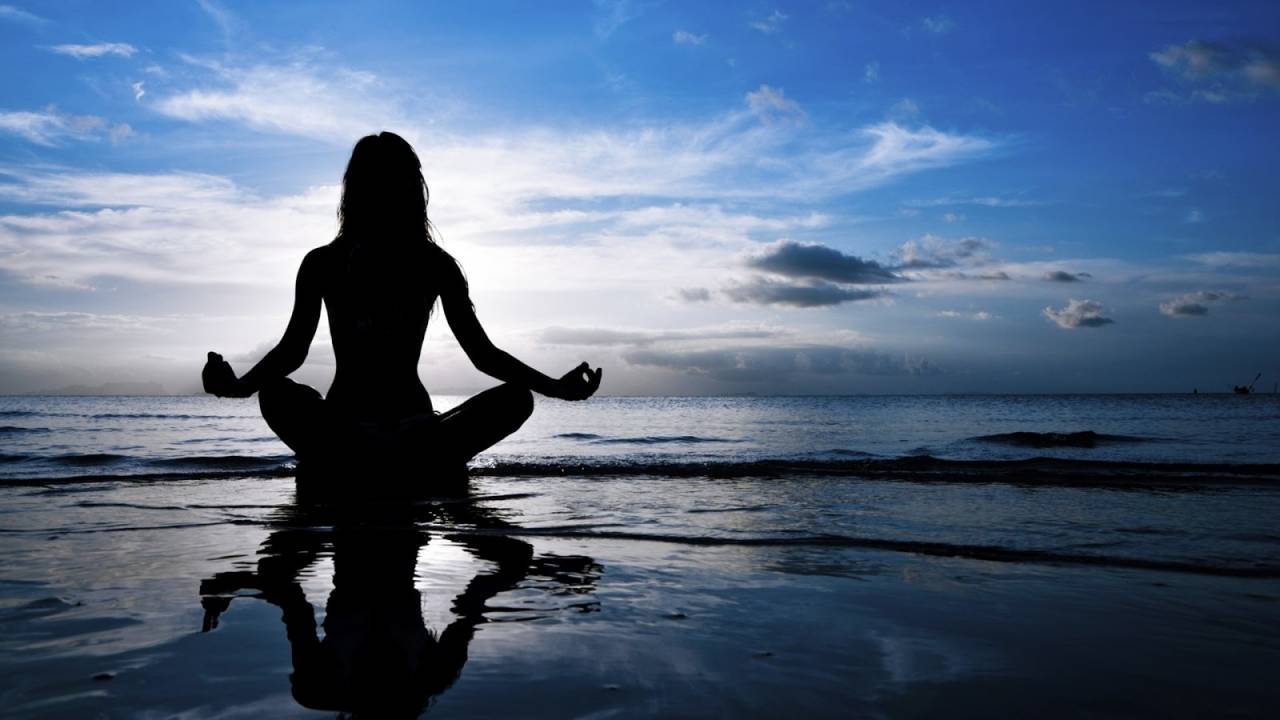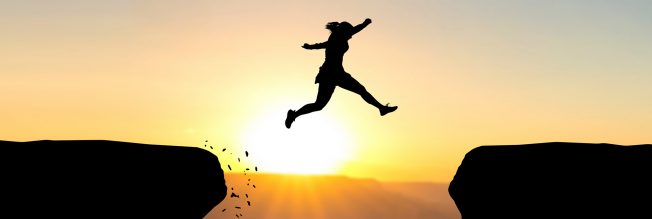I
Every year, on May 17, World Hypertension Day is observed in order to educate the public and create an awareness of high blood pressure and hypertension. Hypertension is jargon used in a medical parlour. Hypertension is a condition in which the force of the flow of blood against the artery walls is too high. It is not a disease, but a disorder caused by our wrong lifestyles. This year, the theme of World Hypertension Day is ‘Measure your blood pressure accurately, control it, and live longer.
These days, young people are not immune to this. It is reported in several studies that approximately 40 per cent of the youth suffer from this. Hypertension is escalating because of rapid changes in the world, having a deep impact on our lives. Unnecessary anxieties, unfounded fear, and tensions caused by unnecessary worries about the insecurity of life can cause dramatic and temporary spikes in blood pressure.
Usually, when the measure of blood on a sphygmomanometer, more often referred to as a blood pressure cuff, is above 140/90, it is above normal. It is severe if the pressure is above 180/120. Hypertension, usually caused by stress and lack of a disciplined life, can lead to a range of disorders such as stroke, heart disease, kidney diseases, and dementia. If BP is extremely high, it may be noticed in the following symptoms: severe headaches, nose bleeding, fatigue or confusion, vision deficiency, chest pain, breathing difficulty, irregular heartbeat, and most probably bleeding in the urine. There is a cure for this in allopathy. As the saying goes, prevention is better than cure. We can check it in its initial stage when noticed by changing a healthier lifestyle. How does Yoga help us arrest this disorder?
II
Yoga is a mindful practice that assists us in connecting with our body and breathing. Through spiritual practices like Siddha Walk (SW) or Mind Walk or Yogic Walk (YW), Meditative Walk (MW), asanas, and pranayama, we can control and balance our blood pressure. Let me explain each one.
Walking is one of the best exercises and will maintain good health. But the author has noticed many doing this act haphazardly. Many of us (almost 99 per cent) walk with heads bent down, saddened by our miseries and problems, paying little attention to the surroundings, walk-in groups chatting or talking on mobile. Talking and walking will not yield any beneficiary results. The purpose is to relax our bodies and mind. Walking should not be done vigorously, as if we are ordained to perform it ritualistically and medically. We should walk with a free mind with no distractions. The author has developed Yogic Walking in his book, Yoga for Peace (110-114).
The first principle to be observed in YW is we must wash our bodies before we take a walk. Washing our body is not rubbing our body with soap as we usually do in the morning but pouring three or four mugs of water to remove the sweat or dust particles on the skin. Later wear loose garments, preferably woven with cotton that can easily absorb the sweat during summer, and little warm clothes during winter. Sit quietly for a few minutes and prepare yourself for a walk mentally and physically. Watch your thoughts and allow them to cool down. When you feel you are really ready, you can proceed. As you come out of your home and feel the vastness of the sky, you are entering the infiniteness. Keep your head straight, your body erect, and your feet firmly on the ground. Loosen your muscles and do not hold any part of your body stiff. Release the tension by focusing your thought on that part of your body. Start walking slowly, steadily, and leisurely, observing the things and objects in nature, birds and tiny creatures on the ground, listening to their calls and sounds. We should not do walking as if something we have to fulfil urgently. This sense of urgency should go. Every piece of observation must bring solace, comfort, peace, relaxation, and joy. Take every phenomenon into account, and watch intently. It should be natural and your response to everything in nature should be spontaneous and unenforced. This way you can walk as per the capacity of your body as the body permits. Then stop and sit for a few minutes on a piece of rock or a mound or on the ground and watch. Do not exceed your capacity. YW conserves your energy and does not waste it. It should rejuvenate your body and mind. That is the purpose. It should be done with mindfulness, free from modern tensions and anxieties. This YW also is called Walking with Watching (WW) and Meditative Walking (MW). As you return from walking, lie down in the savasana for five to ten minutes. This, however, should be done correctly, not as you like. The correct posture of this asana is:
Stretch a mat on the flat floor. Remove your garments and war drawers. Sit with two legs stretched in front with your back erect and the chin straight. Look straight. Take three or four normal breathings. Then take a deep breath and as you exhale, lower your body slowly until the back touches the floor. Loosen your feet and maintain a one-foot distance between the two feet. Release your two hands and bring them a little away from the hips. Loosen every part of the body. Gently close your eyes and watch your breath until it quietens. Remain in this state for ten minutes. When you feel you are totally relaxed, then turn on the left side, keep the body straight by stretching the legs and resting your right-hand parallel to the side flank. Remain in this state for a minute or two and slowly, as you breathe in, get up. As you get up, fold the legs and return to the normal position.
After performing savasana, you may walk into the bathroom and take a bath. After washing, dab your body with a cotton towel that can quickly absorb the water. Now wear neatly washed and pressed clothes. Do not wear soiled clothes or clothes which smell badly. You feel you are highly rejuvenated. This is Yogic Walking.
III
If you cannot perform YW you can opt for another form of walking called Siddha Walk (SW). It is the best walking that can be performed indoors. The method is called 8 shapes walking. It gives miraculous benefits. It can be practised daily for fifteen to thirty minutes. Let us know how it should be done. Perform this on an empty stomach in the open or in a room in the north-south direction. Draw a parallel line from east to west or west to east on the north side and leave ten feet gap and draw 8 shape lines. Walk barefoot north to south and south to north clockwise and anticlockwise for fifteen minutes each. Focus only on walking, observing normal breathing, and avoiding chatting with friends and on mobile. In the leg palm, all reflex points of our entire internal organs are located. Because of the pressure in the palm, all your internal organs are activated and you get relief from concerned diseases. The benefits are immense. Your hip, legs, thighs, and abdomen are twisted and activated. Stuffy nose is cleared. Disorders in breathing will be curbed. Headache, digestive disorders, thyroid, obesity, knee-joint pains, rheumatoid arthritis, and constipation are checked. It reduces the sugar level in the blood and blood pressure and improves eyesight by eliminating disorders and hearing power. Indeed, every disorder in the body is set right. It reverses every disease. You can enjoy relatively good health and happy life with longevity.
IV
A few yoga asanas can help in beating high blood pressure. They are: Sukhasana: it can be done while sitting in a normal position by crossing the legs. Also known as the Easy Pose, this yoga asana helps in improving posture and strengthening the spine. It helps in promoting relaxation in the body.
Hastha Uthanasana: The Hands Raised Up Pose helps in stretching the back, opening the chest, and stretching the shoulders. This asana also helps in relaxing the body.
Vajrasana: The Thunderbolt Pose helps in stretching the calf muscles and strengthening the nerves of the legs and thighs. It also helps in boosting digestion by improving blood circulation in the lower abdomen.
A simple Pranayama, Nadisodhana Pranayama or Anuloma-Viloma can be practised to ease tension in the muscles and nerves. The literal meaning of Nadi means subtle energy channels, and Sodhana means cleaning and purifying. It is called an alternate nostril breathing exercise involving inhaling through the left nostril and exhaling through the right nostril; similarly inhaling through the right nostril and exhaling through the left nostril without retention. It can also be done with the retention of air for a few seconds. When it is with retention it is called Nadisodhana Pranayama, and without retention, it is known as Anuloma-Viloma Pranayama. By practising, it facilitates proper lung functioning, mitigates stress, controls blood pressure, and improves the immune system. It is the most suitable Pranayama for all.
Jnana Mudra or Chin Mudra: Known as Vitarka Mudra among Buddhists, it is done by placing the tip of the thumb on the tip of the index finger and stretching out the other fingers. Gently place the backside of the palms on your thighs. When the fingers point upward it is called Jnana Mudra; and when the gingers point down towards the earth, it is called Chin Mudra. It can be done in Sukhasana or Vajrasana or Padmasana or Ardha Padmasana. This mudra is well-known in Hastha Yoga and Raja Yoga and is used during meditation. The benefits are: it reduces mental tension and disorder, controls blood pressure and depression; increases air element within the body, stimulates the brain, strengthens all the nervous system and muscles, activates the pituitary gland that helps in improving the entire system of endocrine glands, and facilitates movements of electrical impulses along nerves.
Work Cited:
Raghupathi, K. V. (2019). Yoga for Peace. New Delhi: Rubric Publishing.
****************************************************************
 Dr. K.V. Raghupathi is an ardent Yoga Sadhaka in Patanjali’s tradition, having over four decades of sadhana. He has been writing and transmitting his experiences born out of his uninterrupted sadhana in books and articles. He has so far published five books on Yoga that include, Yoga for Peace (2006/2019), Yoga and Zen (2007), My Tryst with Yoga and Other Essays (2018), Hastha Yoga: Theory and Practice (2018), and Dispersing Clouds: Discourses on Yoga (2022) and many articles both online and print journals. An outspoken speaker, he holds radical views on life and spirituality. In addition, he is a creative writer, having twelve books in poetry, two novels, two short story collections, and eight critical/edited books to his credit.
Dr. K.V. Raghupathi is an ardent Yoga Sadhaka in Patanjali’s tradition, having over four decades of sadhana. He has been writing and transmitting his experiences born out of his uninterrupted sadhana in books and articles. He has so far published five books on Yoga that include, Yoga for Peace (2006/2019), Yoga and Zen (2007), My Tryst with Yoga and Other Essays (2018), Hastha Yoga: Theory and Practice (2018), and Dispersing Clouds: Discourses on Yoga (2022) and many articles both online and print journals. An outspoken speaker, he holds radical views on life and spirituality. In addition, he is a creative writer, having twelve books in poetry, two novels, two short story collections, and eight critical/edited books to his credit.

















Discussion about this post